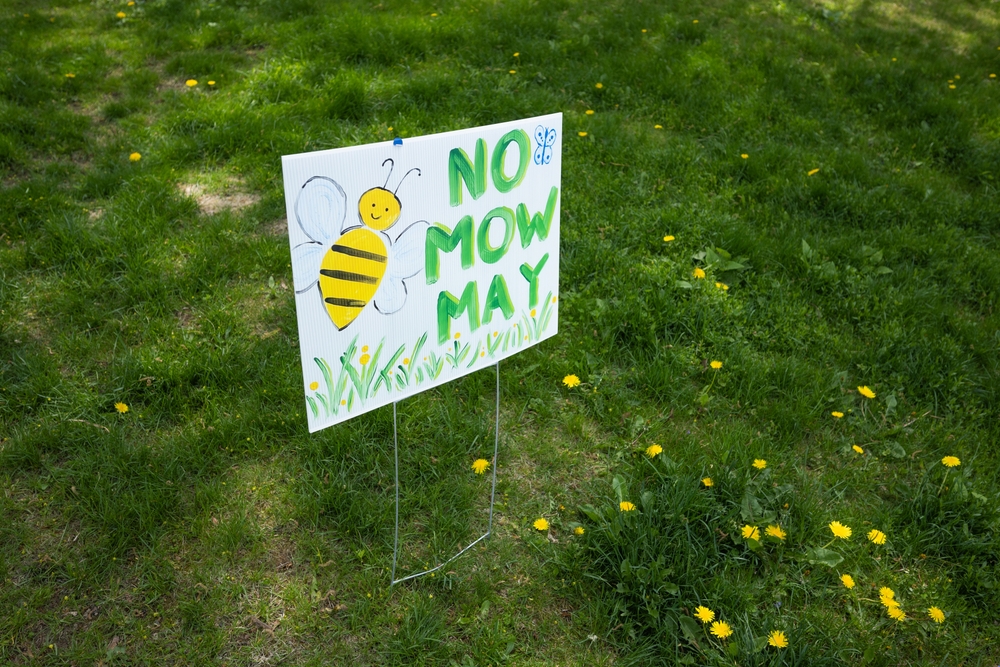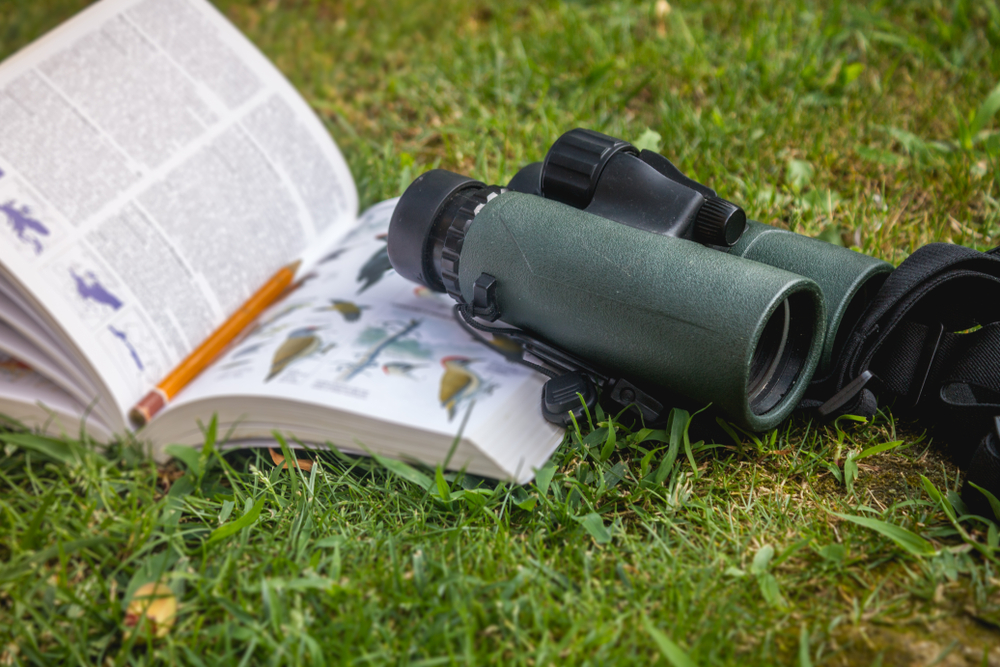From improving water quality and sequestering CO2 to providing a natural nursery and crucial habitat for hundreds of species of fish, the vital role that seagrass plays in marine ecosystems is evident. Now researchers have discovered that these wondrous swaying plants may also clean up some of the plastic waste that’s floating in our oceans.
Conducted by researchers at the University of Barcelona, a recent study shows that underwater seagrass in coastal areas appears to trap plastic pollution in natural bundles of fiber known as “Neptune balls”.
Unaided by humans, seagrass anchored to shallow seabeds may collect as much as 900m plastic items in the Mediterranean alone every year, according to the study. “We show that plastic debris in the seafloor can be trapped in seagrass remains, eventually leaving the marine environment through beaching,” said marine biologist and lead author Anna Sanchez-Vidal. This clean-up “represents a continuous purge of plastic debris out of the sea,” she added.
To better understand the plastic bundling capabilities of seagrass, Sanchez-Vidal and her team studied a species called Posidonia oceanica. Over the course of one year, they counted the number of plastic particles found in seaballs that had washed up on four beaches in Mallorca, Spain, where large offshore seagrass meadows are common.
They discovered that plastic litter was present in half of the loose seagrass leaf samples, up to 600 bits per kilogram. About 17 percent of the tighter bundled seagrass fiber known as Neptune balls contained plastic, but at a much higher density — nearly 1,500 pieces per kilogram of seaball. Estimating how much seagrass fiber the Mediterranean may produce, the scientists calculated that around 900m plastic items could be filtered in the entire basin.
As explained by The Guardian, the oval orbs — the shape of a rugby ball — are created from the base of leaves that have been shredded by ocean currents but are still attached to their stems. As they are slowly buried by sedimentation, the damaged leaf sheaths form stiff fibers that interlace into a ball, collecting plastic in the process.











